Looking to experience Japan beyond the big cities? Nagano City, along with the nearby areas of Iizuna and Togakushi, offers a perfect mix of nature, culture, and local food.
From the historic Zenkoji Temple to the peaceful forests of Togakushi, fresh handmade soba noodles, and even skiing in winter, this hidden gem in the Japanese Alps has something for every traveler.
A Taste of Tradition in Nagano – Dining at Sukitei
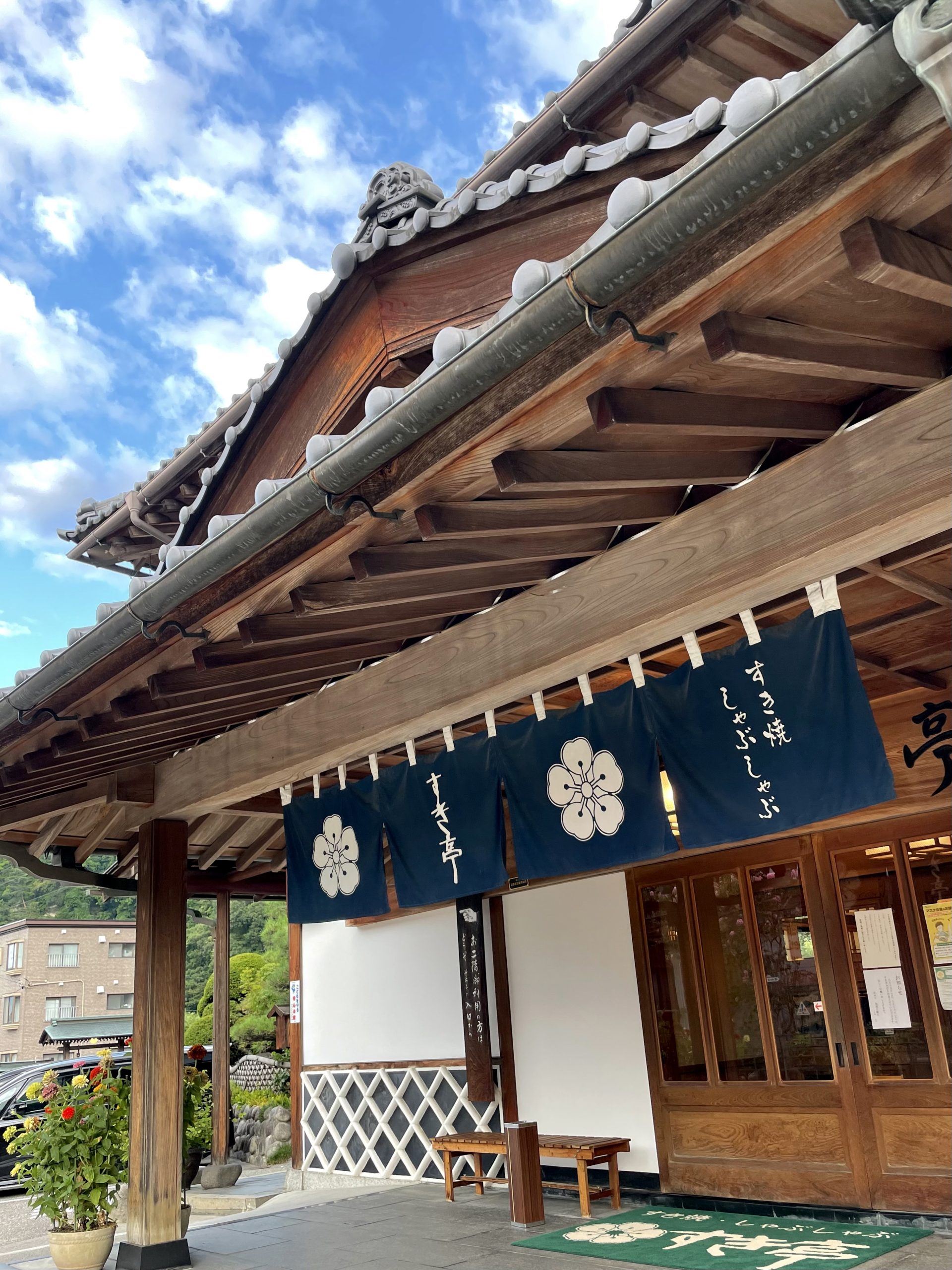
If you’re traveling to Nagano and want to experience authentic Japanese cuisine in a serene, traditional setting, I highly recommend a visit to Sukitei (すき亭). Located just a short walk from Zenkoji Temple, Sukitei is a long-established restaurant specializing in sukiyaki and shabu-shabu, two of Japan’s most beloved hot pot dishes.
A Truly Japanese Experience
From the moment you step inside Sukitei, you’re welcomed by warm hospitality and classic Japanese architecture. The restaurant has both Western-style seating and private tatami rooms, making it a great spot whether you’re traveling solo, as a couple, or with family.
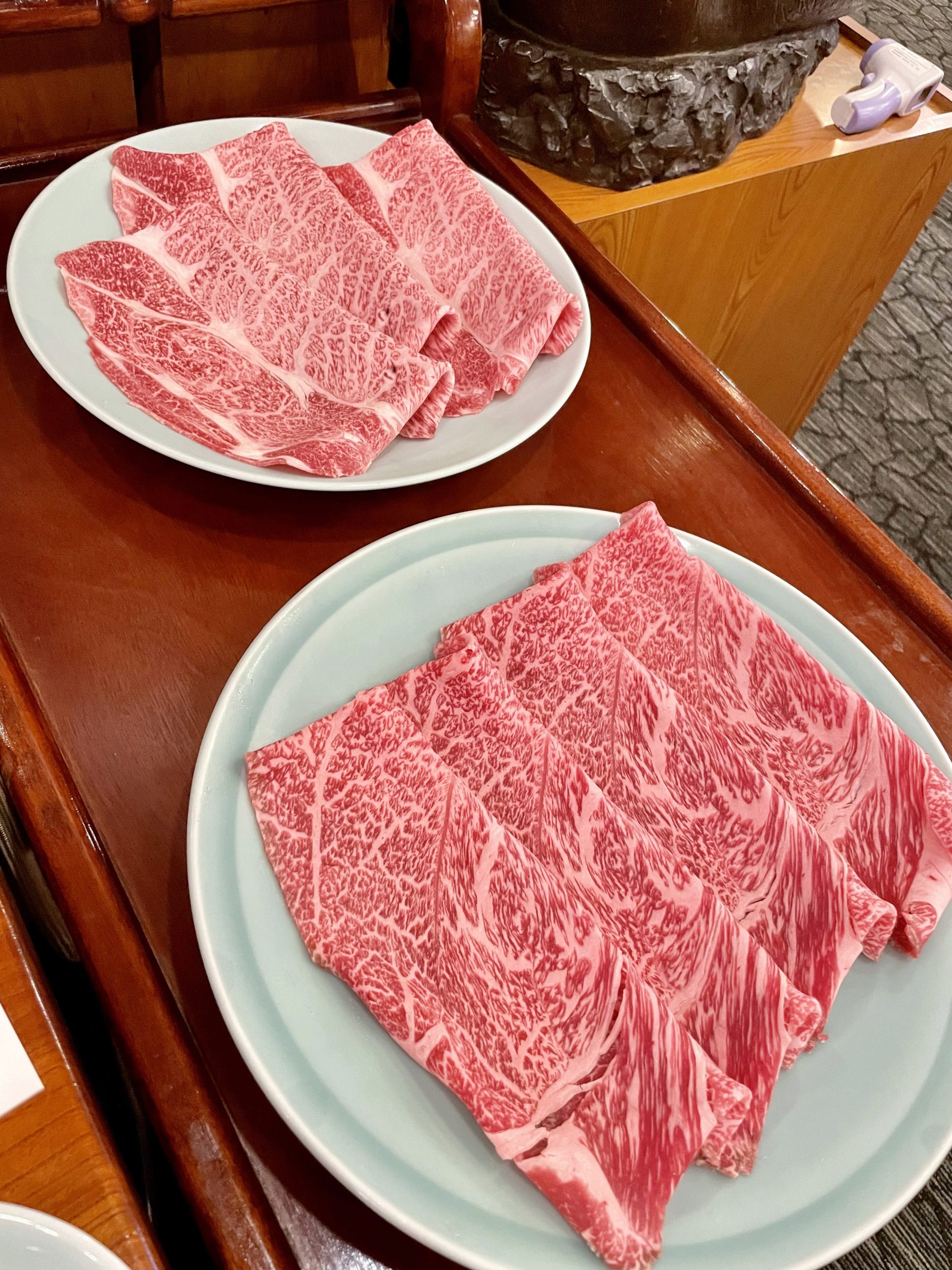
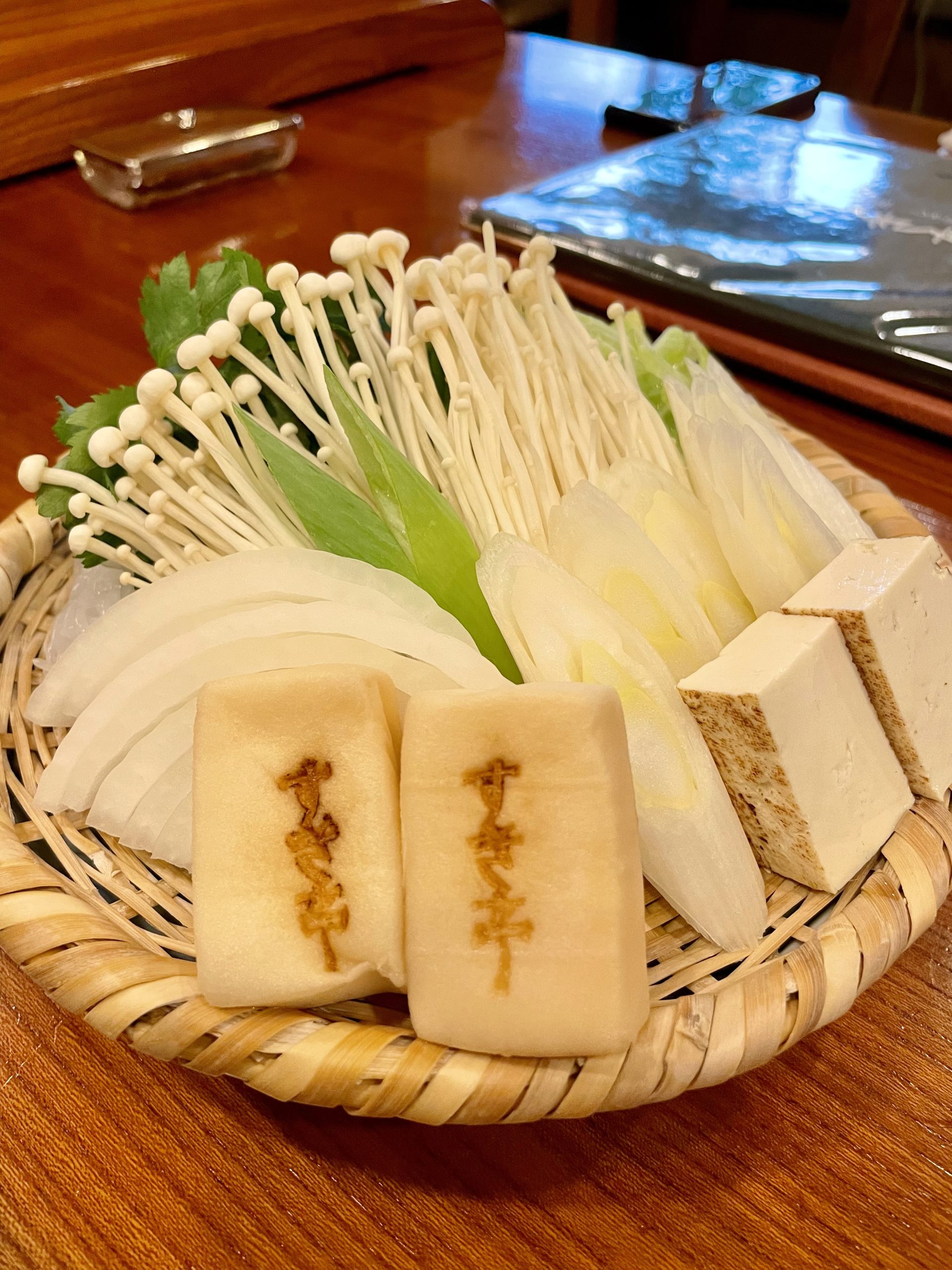
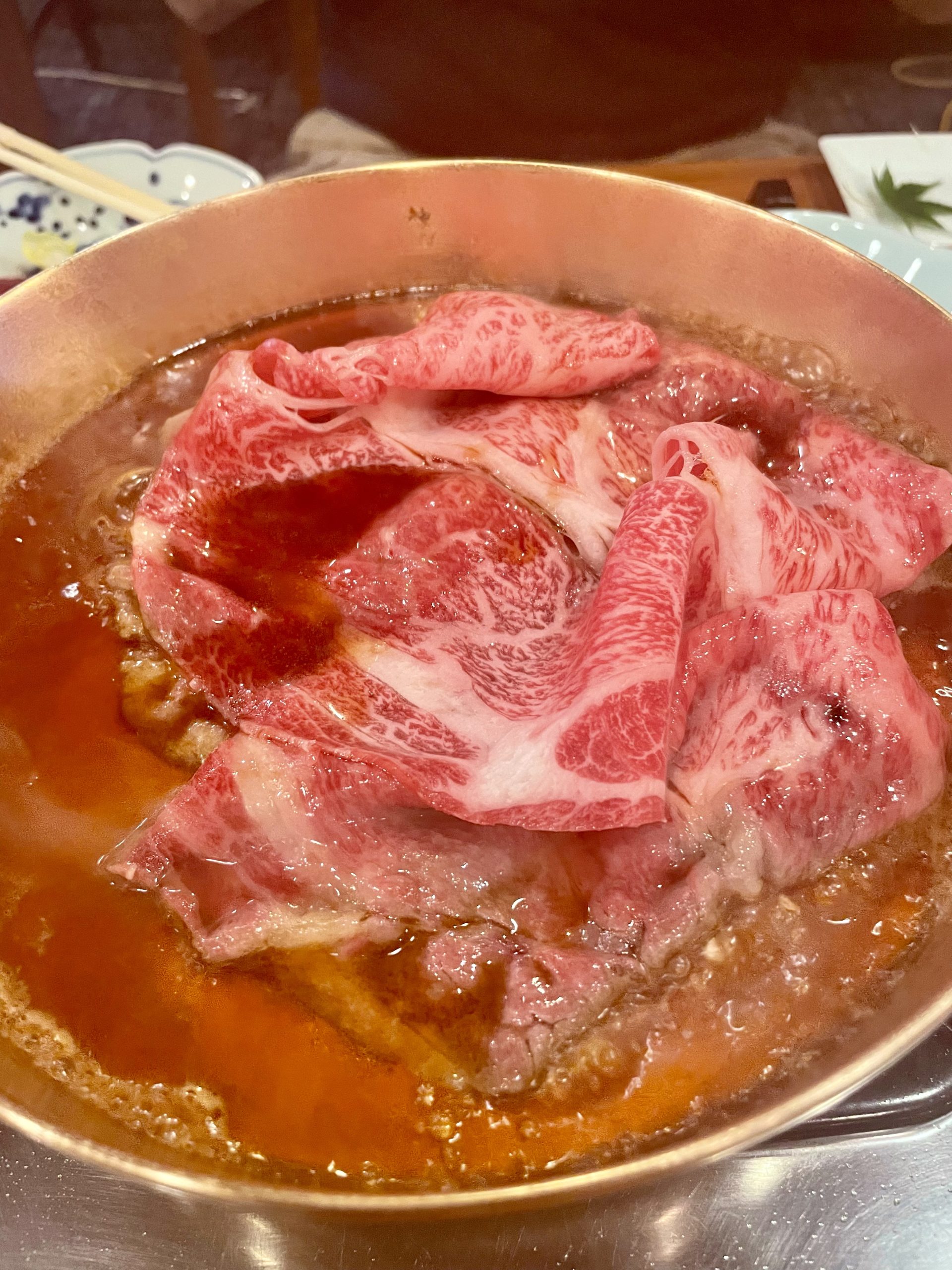
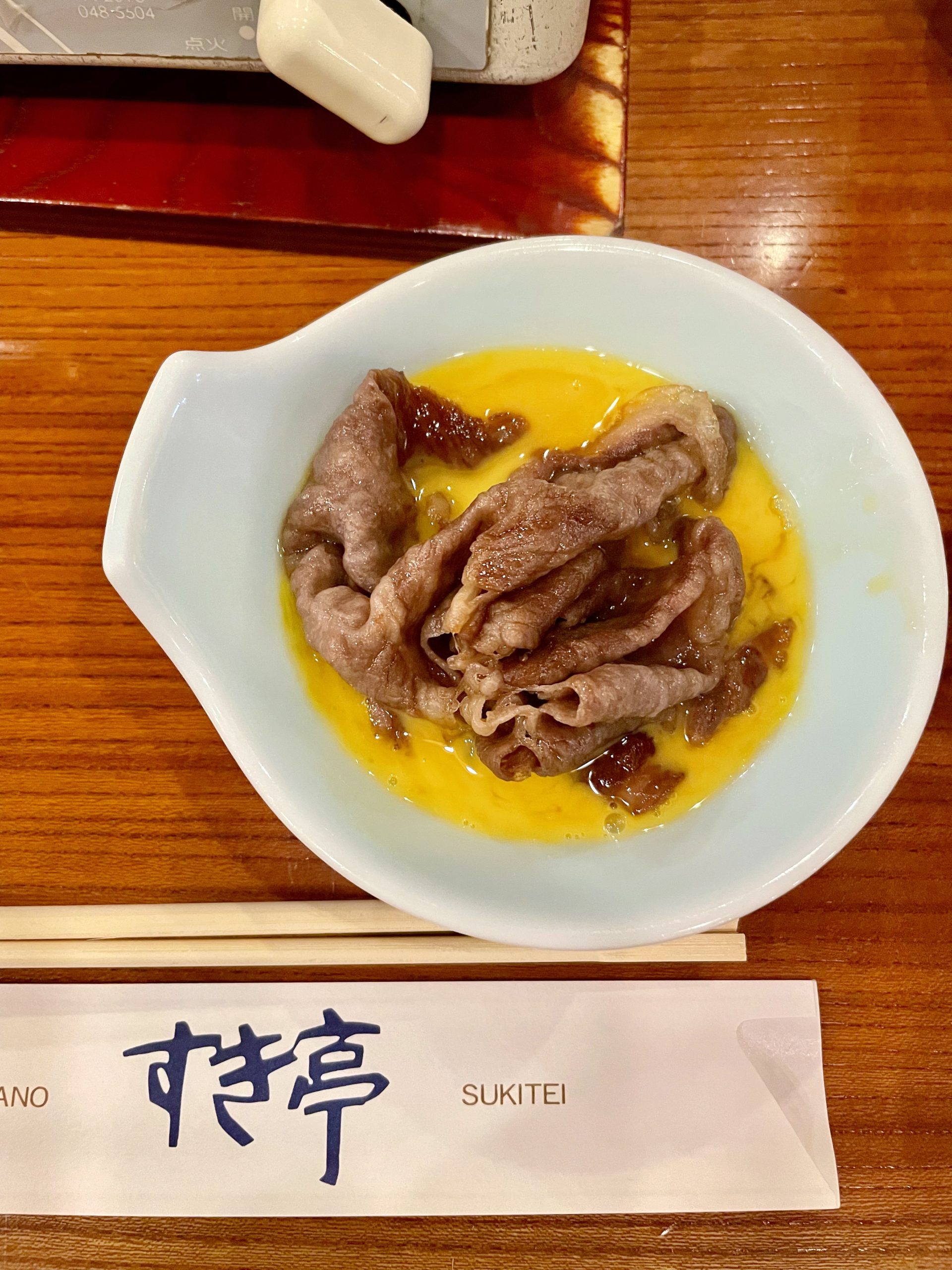
I chose the sukiyaki set, which came beautifully arranged with high-quality wagyu beef, fresh vegetables, tofu. Everything was cooked tableside in a cast-iron pan with a sweet-savory soy-based sauce. The staff were attentive and even helped explain the proper way to enjoy sukiyaki, dipping the cooked beef in raw egg for a rich, silky taste — a must-try!
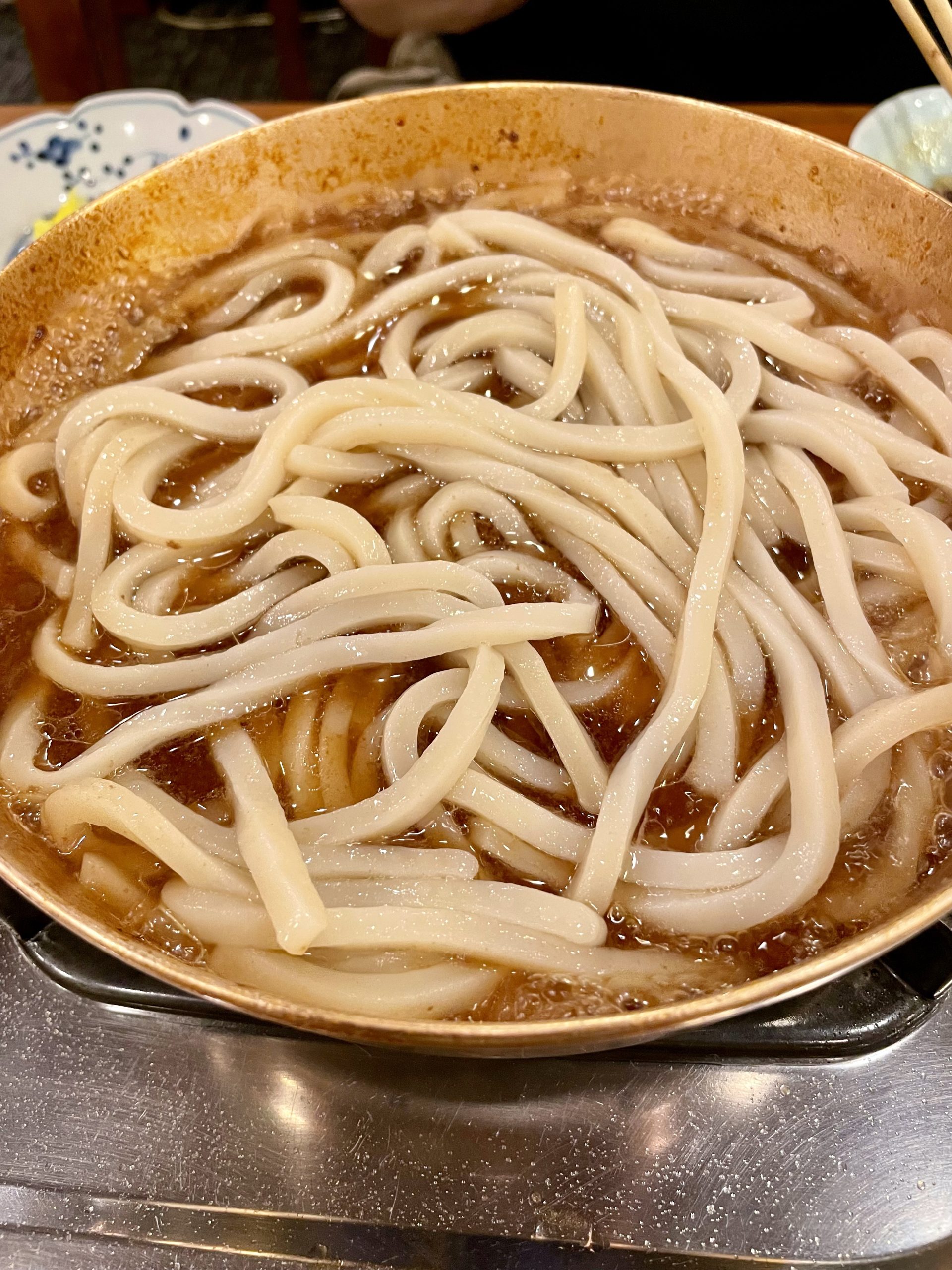
Finish with Flavor: Udon Noodles in Sukitei’s Sukiyaki Broth
No sukiyaki meal at Sukitei is complete without the perfect finish — a serving of udon noodles simmered in the rich, flavorful broth left behind in the hotpot.
After enjoying the tender wagyu beef and seasonal vegetables, the remaining sauce, enriched with meat juices and sweet-savory soy flavors, is used to cook thick, chewy Japanese udon noodles. This final course, known in Japan as the “shime”, brings the meal full circle — warm, comforting, and deeply satisfying.
It’s the kind of dish that lingers in your memory long after the last bite — a gentle, soulful end to an unforgettable sukiyaki experience.
Why I Recommend Sukitei
Authenticity: Sukitei has been serving sukiyaki in Nagano for generations. It’s a place where locals celebrate special occasions, and visitors can enjoy a piece of regional food culture.
Quality Ingredients: The beef was incredibly tender and flavorful — likely sourced from premium local producers.
Atmosphere: The ambiance strikes a perfect balance between elegance and comfort. Whether it’s snowing outside or during cherry blossom season, the experience feels quintessentially Japanese.
Location: It’s conveniently located near Zenkoji, one of the most important and beautiful temples in Japan. Perfect for lunch or dinner after sightseeing.
Tips for Travelers
・Reservations are recommended, especially during weekends or holidays.
・English menus are available, and the staff are used to hosting international guests.
・Don’t be shy to ask for guidance on how to eat sukiyaki or shabu-shabu — it’s part of the fun!
Whether you’re a foodie or just curious about Japanese culture, dining at Sukitei is an experience that goes beyond just eating — it’s a cultural journey in itself.
Sukitei
https://www.sukitei.com
Zenkoji Temple: A Timeless Spiritual Landmark in Nagano
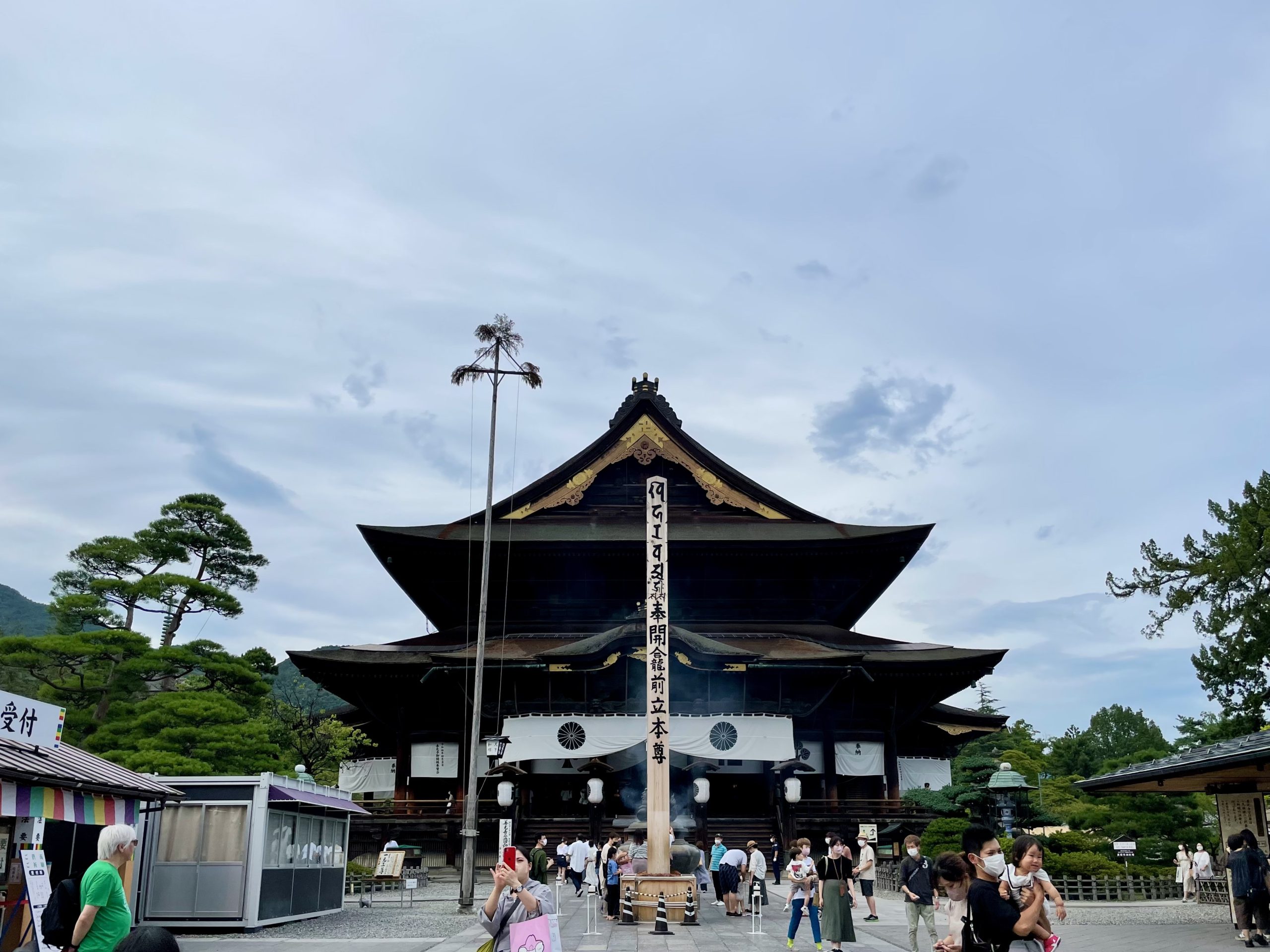
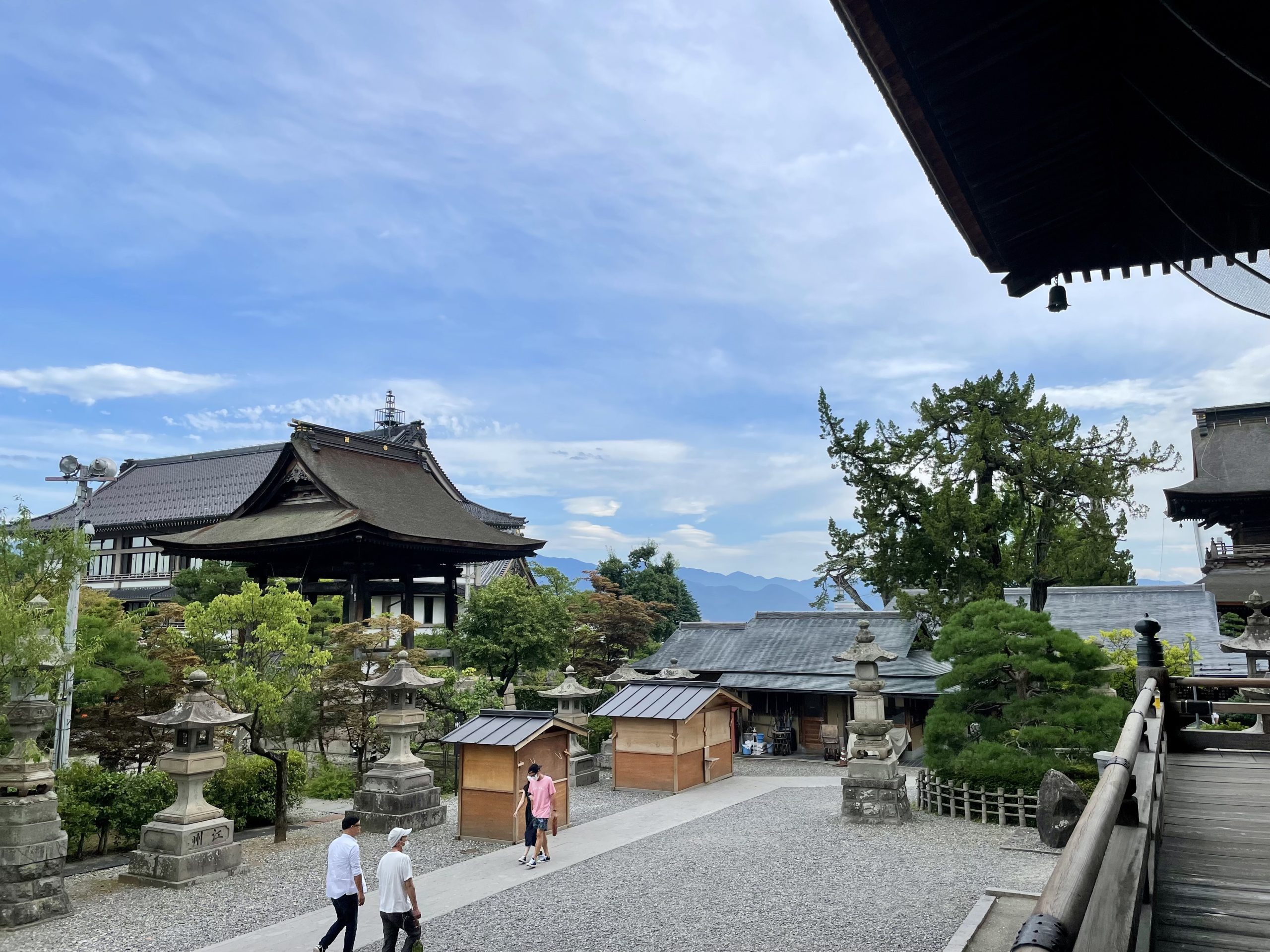
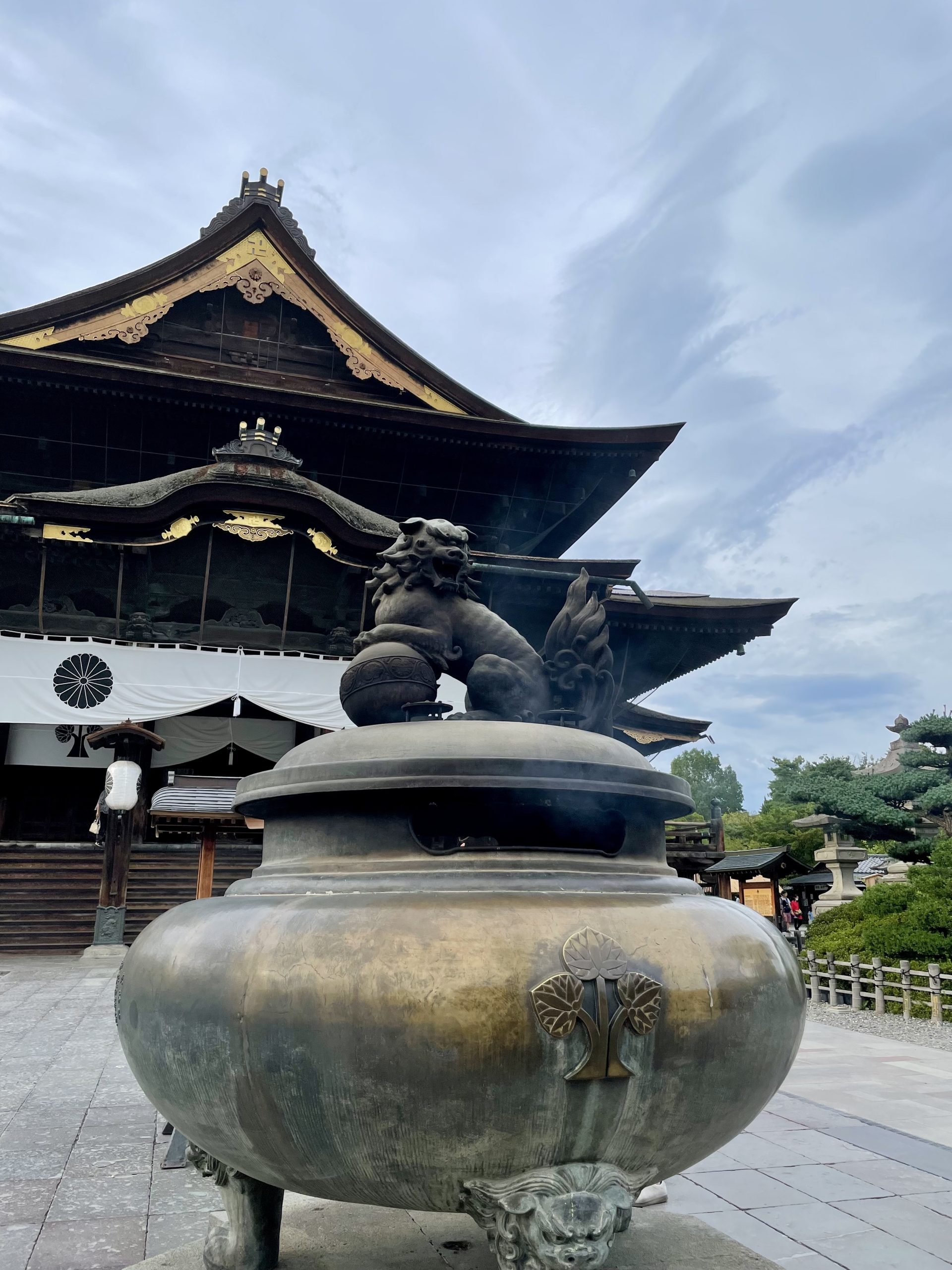
Located in the heart of Nagano City, Zenkoji Temple is one of Japan’s oldest and most important Buddhist temples, founded over 1,400 years ago. Known for its inclusive teachings — welcoming people of all faiths — Zenkoji has long been a destination for pilgrims and curious travelers alike.
The temple is famous for housing a hidden Buddha statue (hibutsu), said to be the first Buddhist image ever brought to Japan. While the original is never shown, a sacred replica is enshrined in the main hall and plays a central role in one of Japan’s most significant religious events: the Gokaicho.
Gokaicho: A Once-in-Seven-Year Revelation
Every seven years, Zenkoji hosts the Gokaicho, when the hidden replica is publicly displayed for a limited time. A sacred wooden pillar called the Eko-bashira is placed outside the main hall and connected by a cord to the statue, allowing visitors to physically “touch” the spiritual energy.
This powerful event attracts millions of pilgrims and visitors, creating a rare and deeply moving experience that blends centuries-old tradition with vibrant community spirit.
Next Gokaicho: Spring 2028 (April–June)
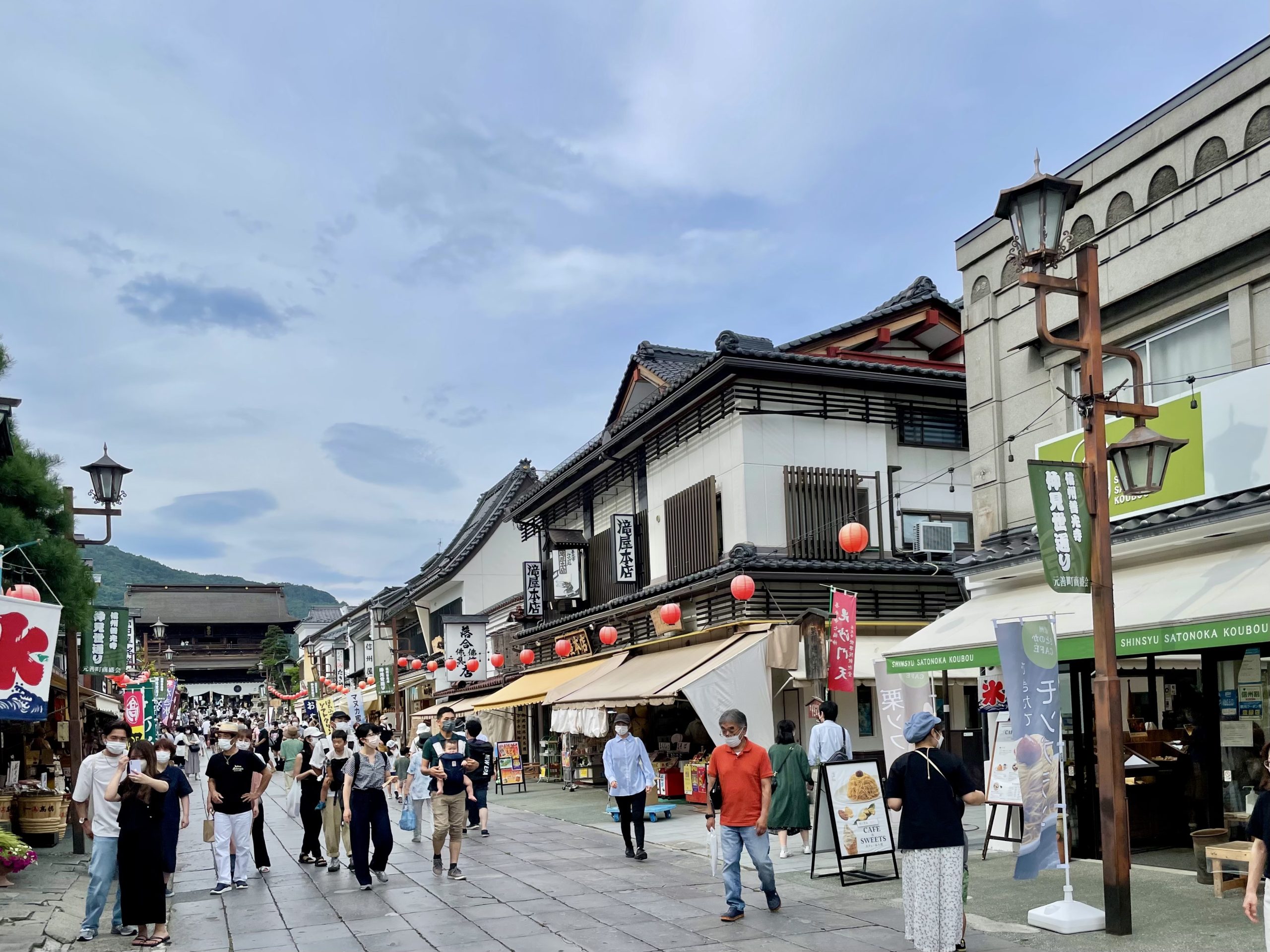
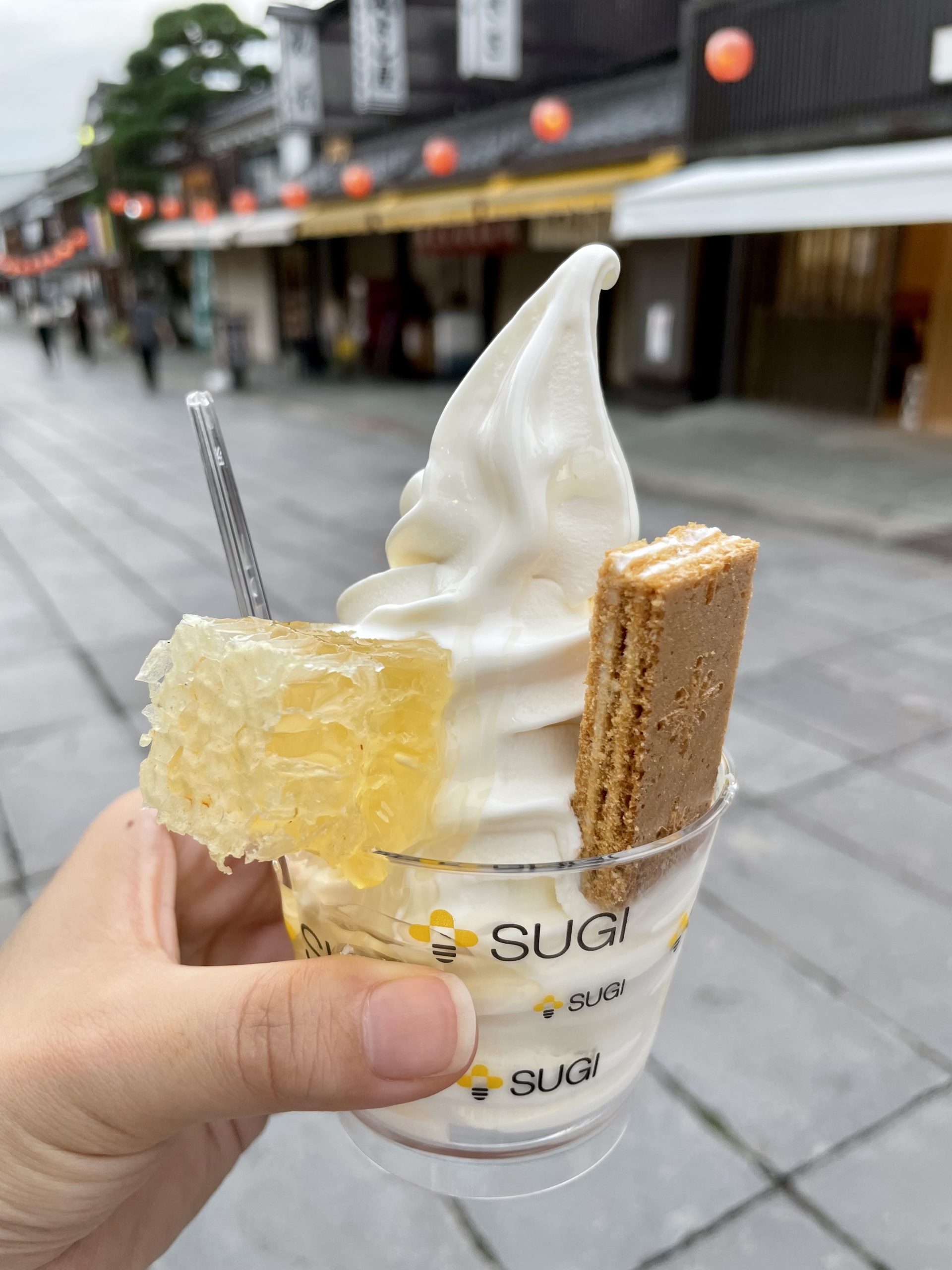
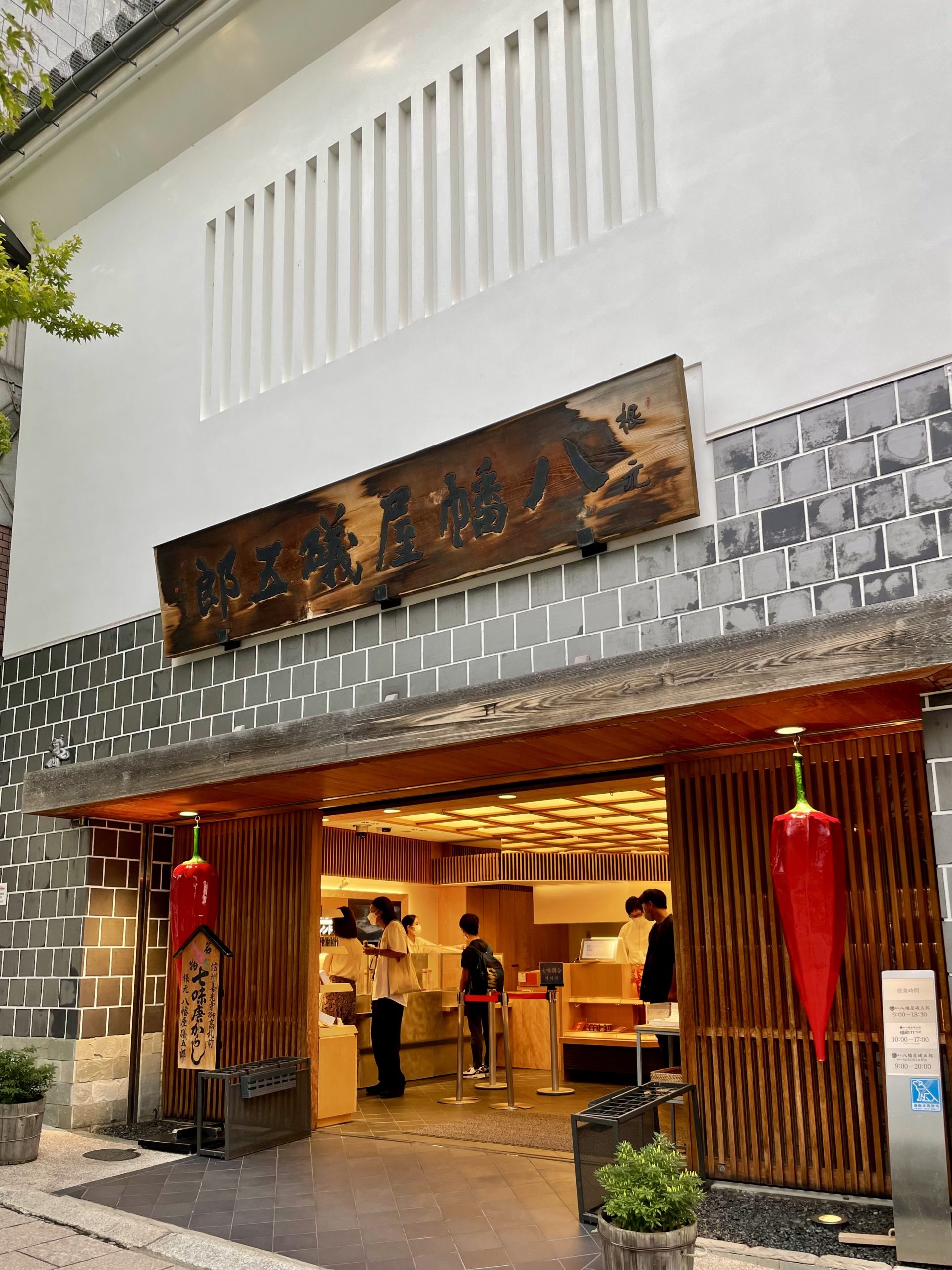
The Timeless Charm of Zenkoji’s Pilgrimage Path
Walking the approach to Zenkoji Temple is like stepping back in time. The stone-paved street, lined with traditional wooden buildings, small shops, and centuries-old inns, creates a peaceful, nostalgic atmosphere that invites you to slow down and soak in the spirit of old Japan.
As you stroll toward the temple, you’ll pass local cafes, soba restaurants, and craft shops selling everything from incense and calligraphy brushes to hand-carved charms and Nagano-grown apples. The gentle slope of the path, framed by lanterns and seasonal flowers, gives the walk a calm, meditative rhythm — especially in the early morning or at sunset.
You might hear temple bells in the distance or see monks in robes walking quietly between ceremonies. Whether you’re here for a spiritual journey or just to enjoy a slower pace of travel, the Zenkoji area offers a perfect blend of history, culture, and local life.
Zenkoji
https://www.zenkoji.jp
Togakushi Shrine: A Journey Through the Sacred Forest
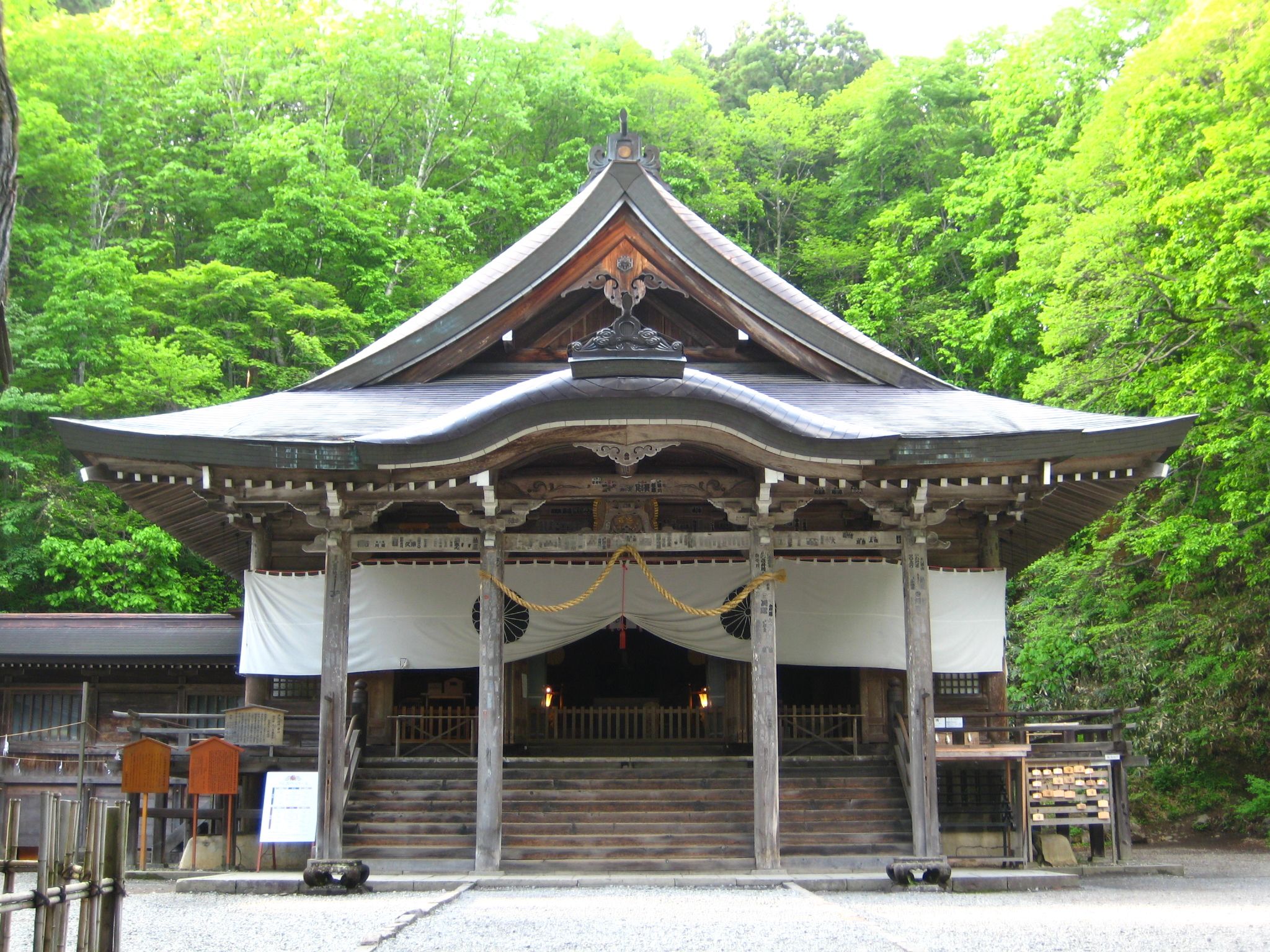
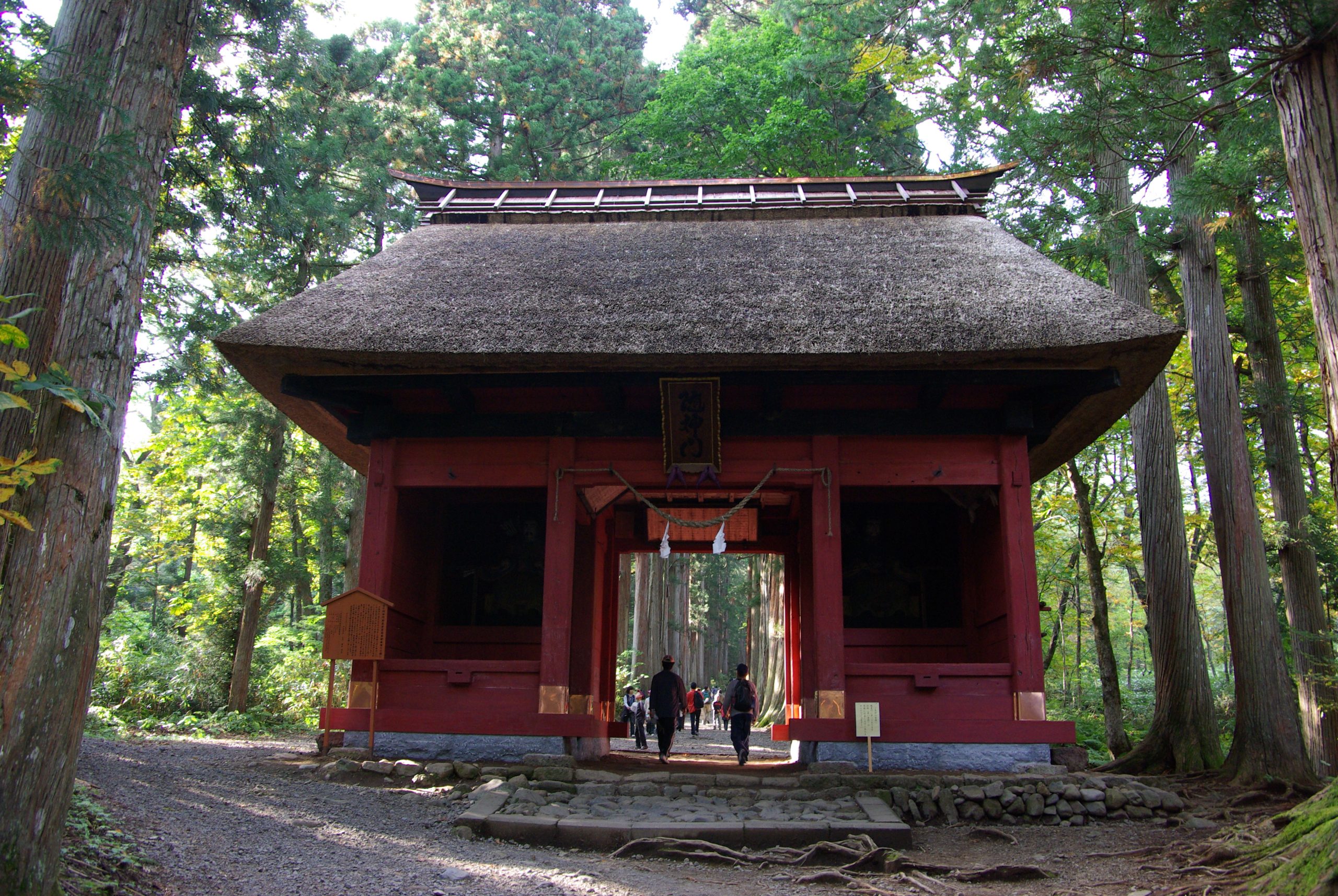
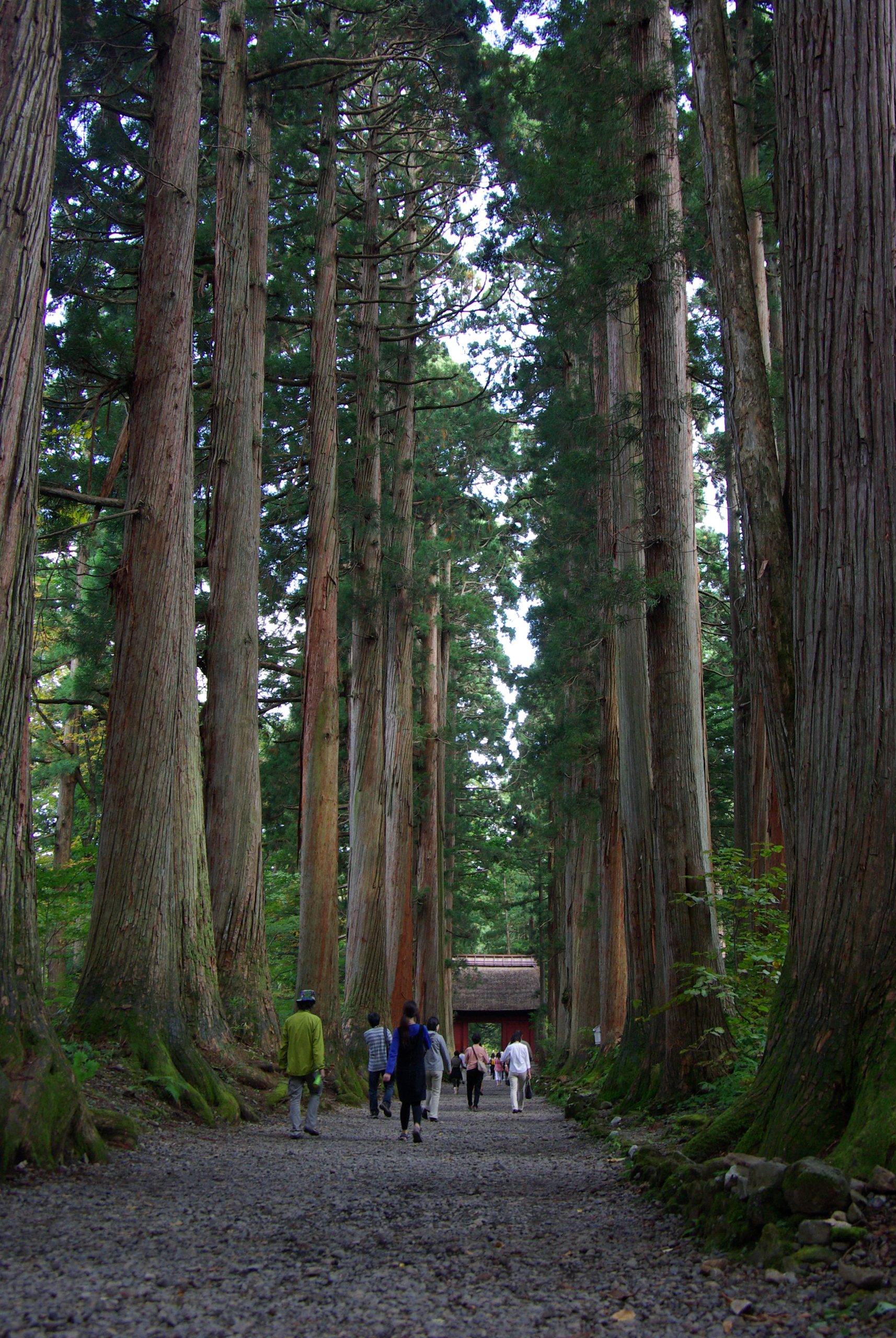
Togakushi Shrine is actually a collection of five shrines — Hokosha, Hinomikosha, Chusha, Kuzuryusha, and Okusha — spread along a forested mountain trail. The most famous is Okusha, which can be reached by walking a scenic 2-kilometer path lined with centuries-old cedar trees. The majestic trees and serene atmosphere make the walk itself a spiritual experience.
The shrine dates back over 2,000 years and is deeply tied to Japanese mythology. According to legend, the sun goddess Amaterasu once hid in a cave, plunging the world into darkness. When she was finally lured out, the cave’s stone door was thrown all the way to Togakushi — hence the name, which means “Hidden Door.”
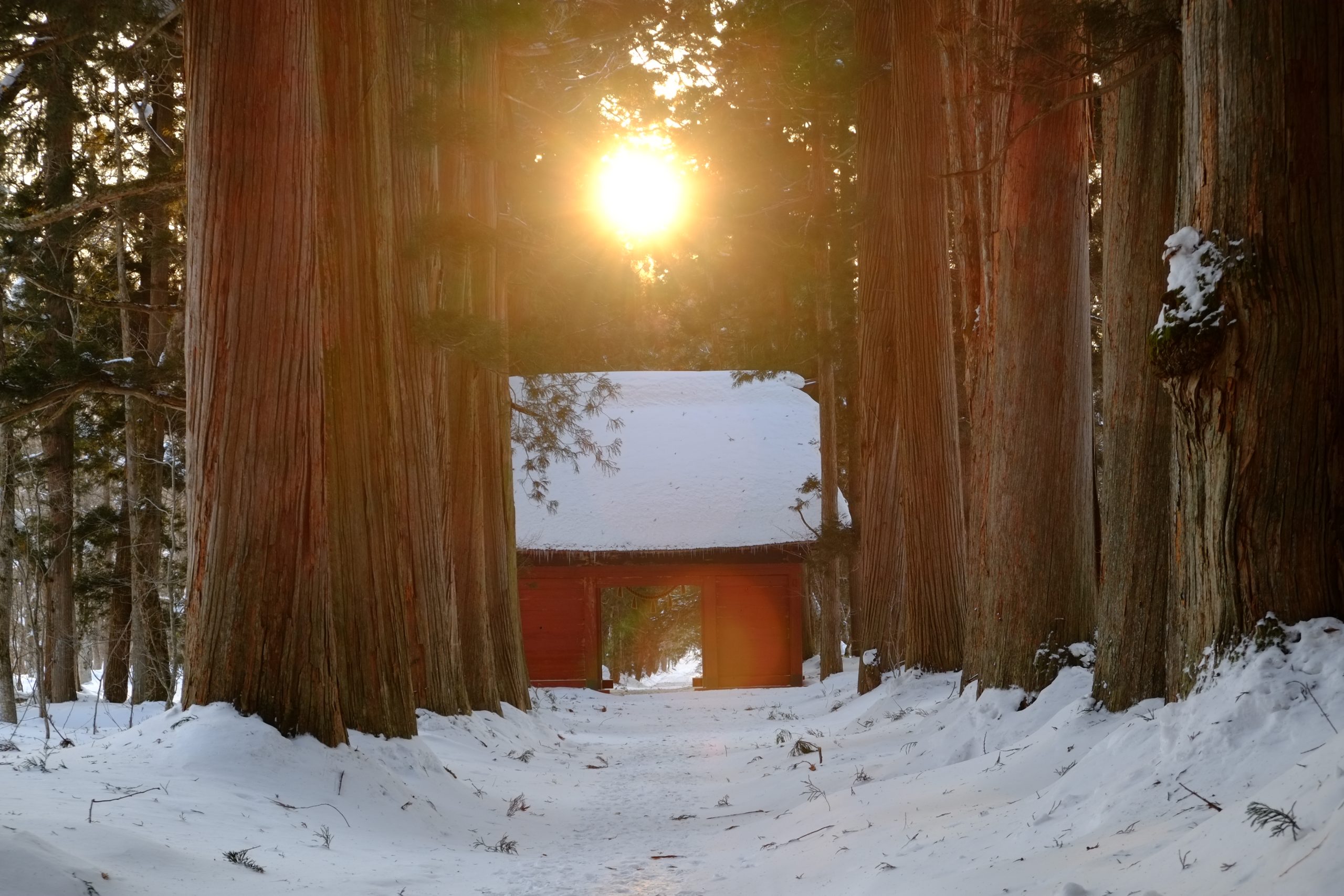
Tip: Wear comfortable shoes! The walk to Okusha can be slippery and steep, especially in wet weather.
Togakushi Shrine
https://www.togakushi-jinja.jp
Kagami Pond: Nature’s Mirror
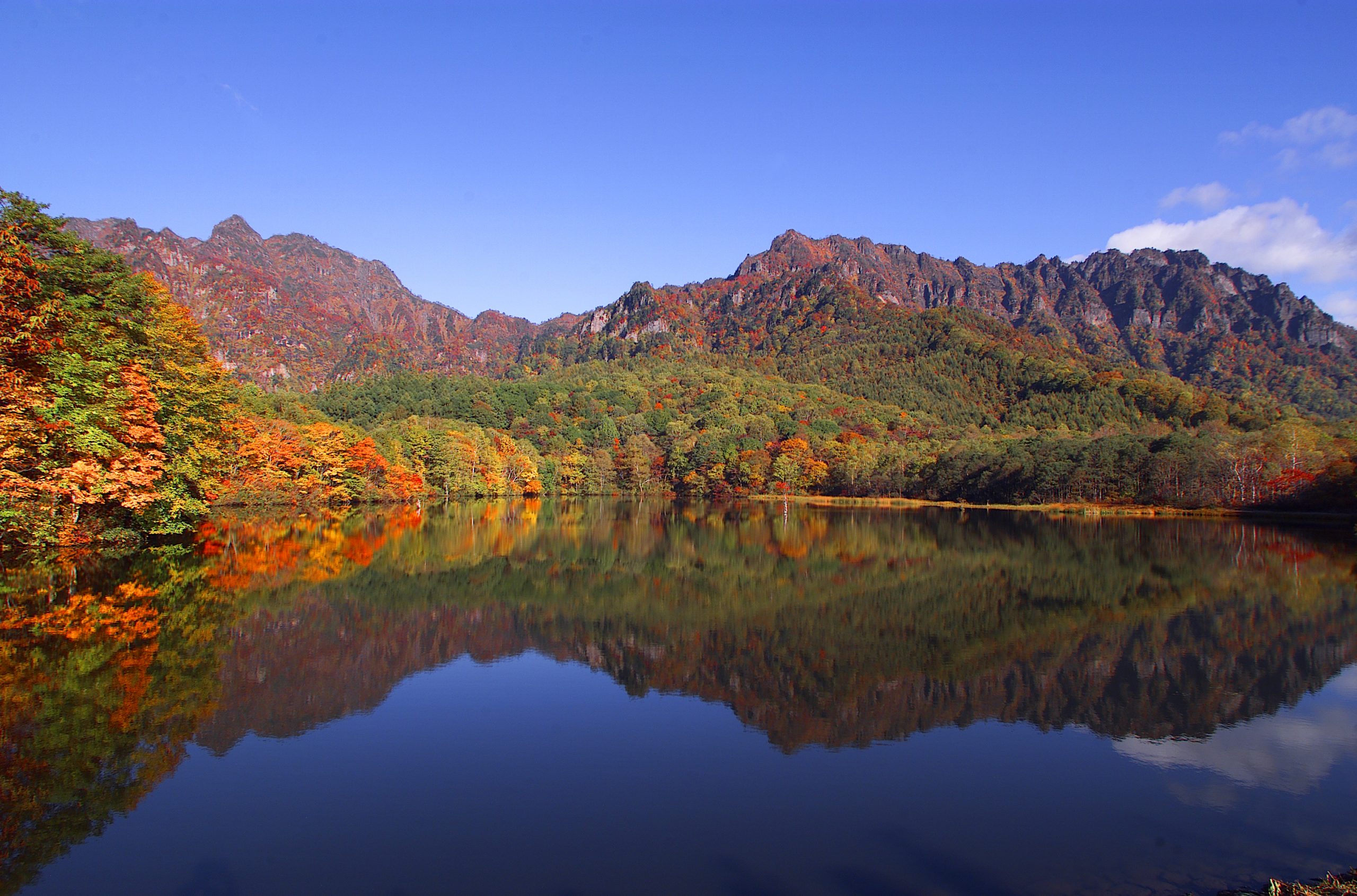
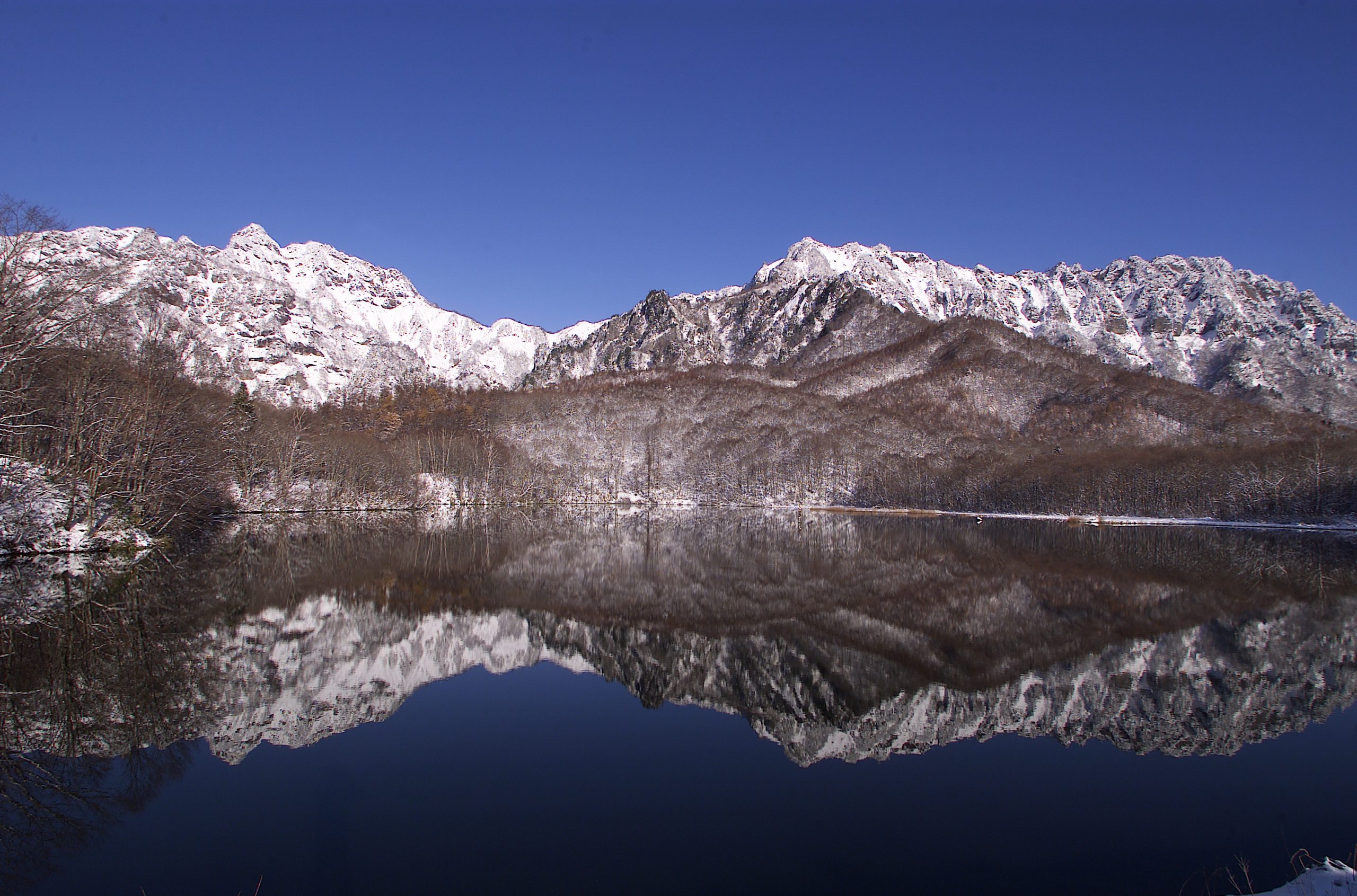
Just a short drive or bus ride from Togakushi Shrine is Kagami Pond, which translates to “Mirror Pond.” On clear days, the still surface perfectly reflects the jagged peaks of the Togakushi Mountains. It’s a photographer’s dream — especially during autumn when the trees blaze with color.
The pond is small enough to walk around in under 30 minutes, and the trail is flat and family-friendly. It’s a great spot for a picnic, a peaceful stroll, or simply to breathe in the crisp mountain air.
Best time to visit: Early morning for the most stunning reflections — and fewer people.
Kagami Pond
https://maps.app.goo.gl/sGGQGrVVkR61ktvs7
Taste the Tradition: Togakushi Soba

No trip to Togakushi is complete without tasting its most famous local dish — Togakushi Soba. These handmade buckwheat noodles are not just a meal, but a part of the region’s deep culinary and spiritual tradition.
Togakushi’s cool climate, pure mountain water, and clean air create ideal conditions for growing high-quality buckwheat. The noodles are typically served cold with a dipping sauce (tsuyu), especially in summer, offering a refreshing and simple taste that perfectly matches the natural surroundings.
What sets Togakushi soba apart is its firm texture and nutty flavor, achieved through traditional techniques passed down over generations. One popular way to enjoy it is in a style called “Bocchi-mori” — five small bundles of noodles neatly arranged on a bamboo tray. It’s both beautiful and symbolic, said to represent the five shrines of Togakushi.
Don’t forget to try it with fresh wasabi and green onions — and finish your meal with “soba-yu,” the hot water used to boil the noodles, poured into the leftover dipping sauce like a warm tea.
Togakushi Ski Resort – A Hidden Snow Paradise in Nagano
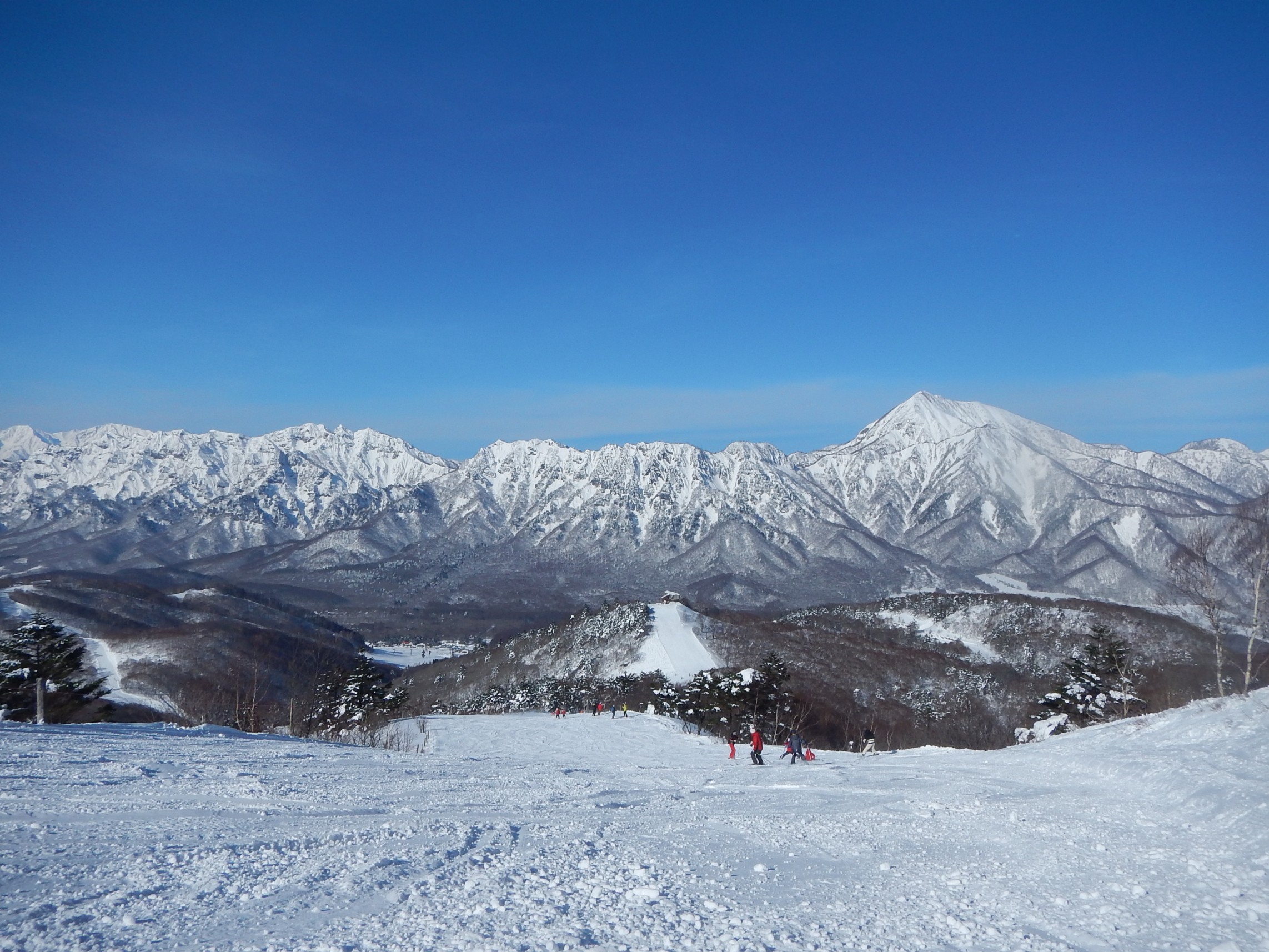
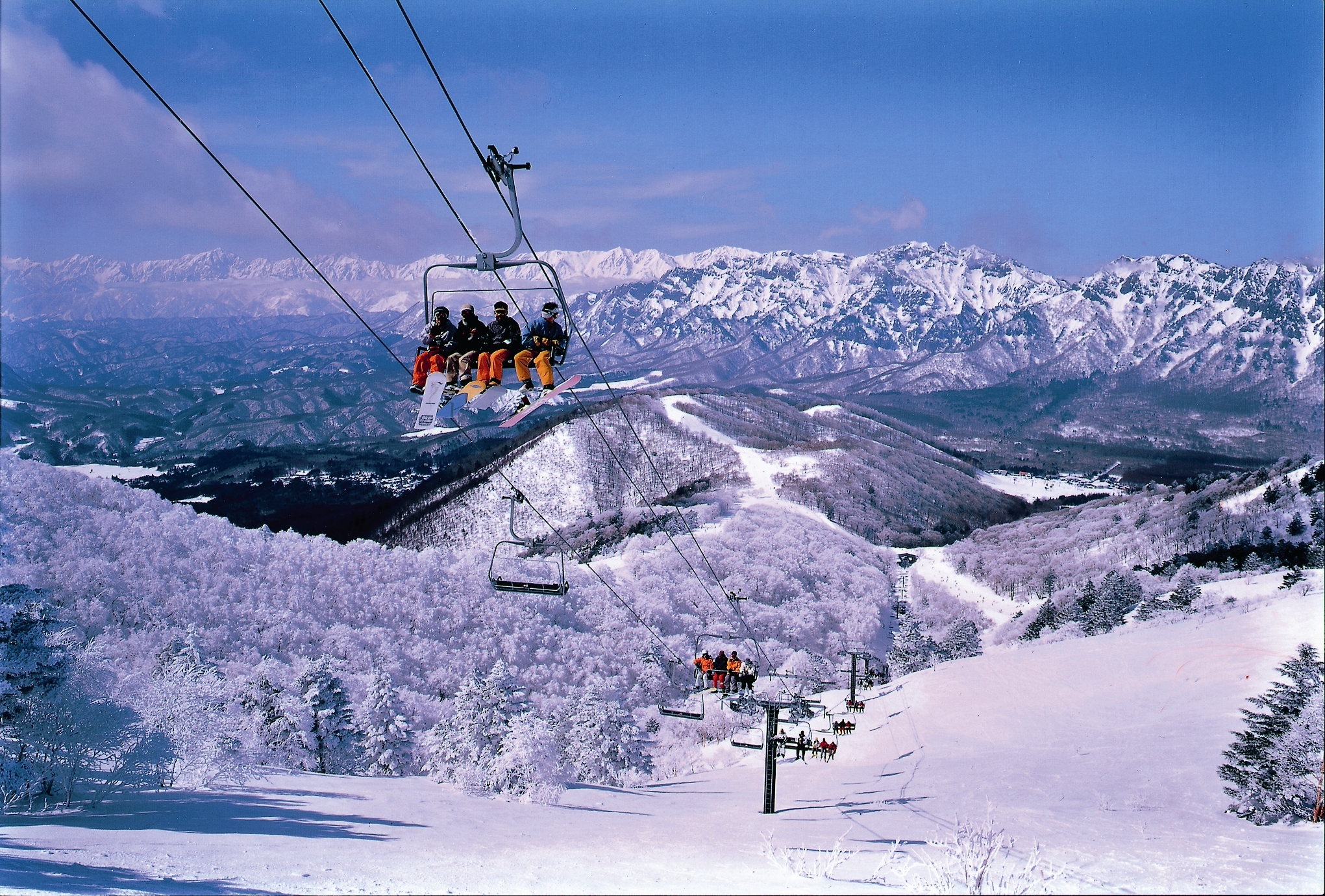
Looking for a quiet, authentic ski experience in Japan?
Togakushi Ski Resort is a hidden gem just an hour from Nagano City, offering beautiful powder snow, peaceful slopes, and stunning views of the Japanese Alps.
This family-friendly resort is perfect for beginners and intermediate skiers, with uncrowded runs, affordable lift passes, and a chance to enjoy traditional Japanese culture nearby.
After skiing, explore the mystical Togakushi Shrine in a forest of towering cedar trees, or warm up with a bowl of handmade Togakushi soba, one of Japan’s best buckwheat noodles.
Whether you’re a snow lover or a culture explorer, Togakushi offers a unique winter experience off the beaten path.
Easy Access:
1 hour by bus from Nagano Station
Rental gear available on-site
Great for day trips or weekend stays
Togakushi Ski Resort
https://www.togakusi.com/ski/
Photo by: 戸隠観光協会
Photo by: (公財)ながの観光コンベンションビューロー
Discover the Perfect Base for Your Nagano Adventure:
Villa Iizuna Plateau
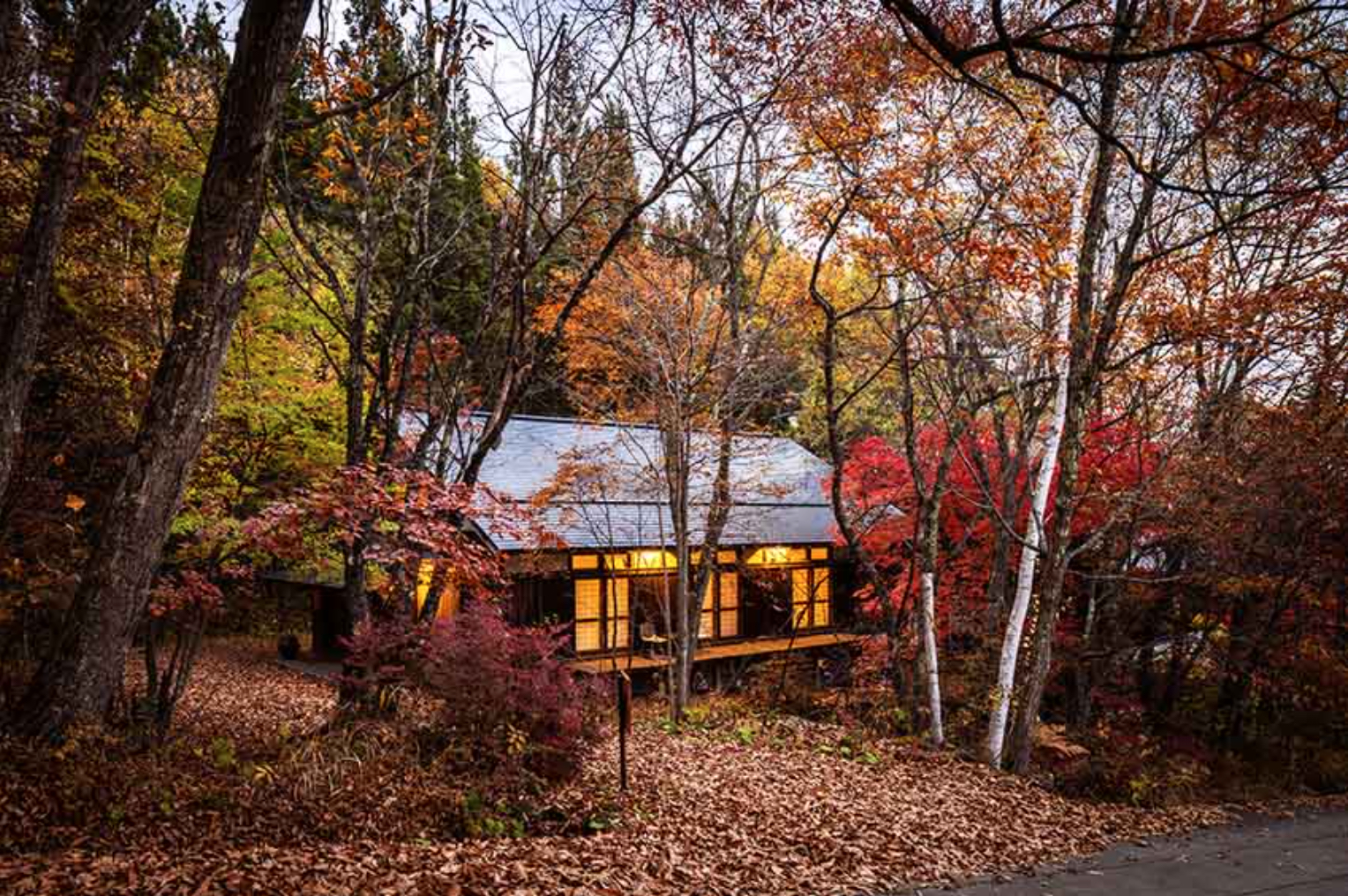
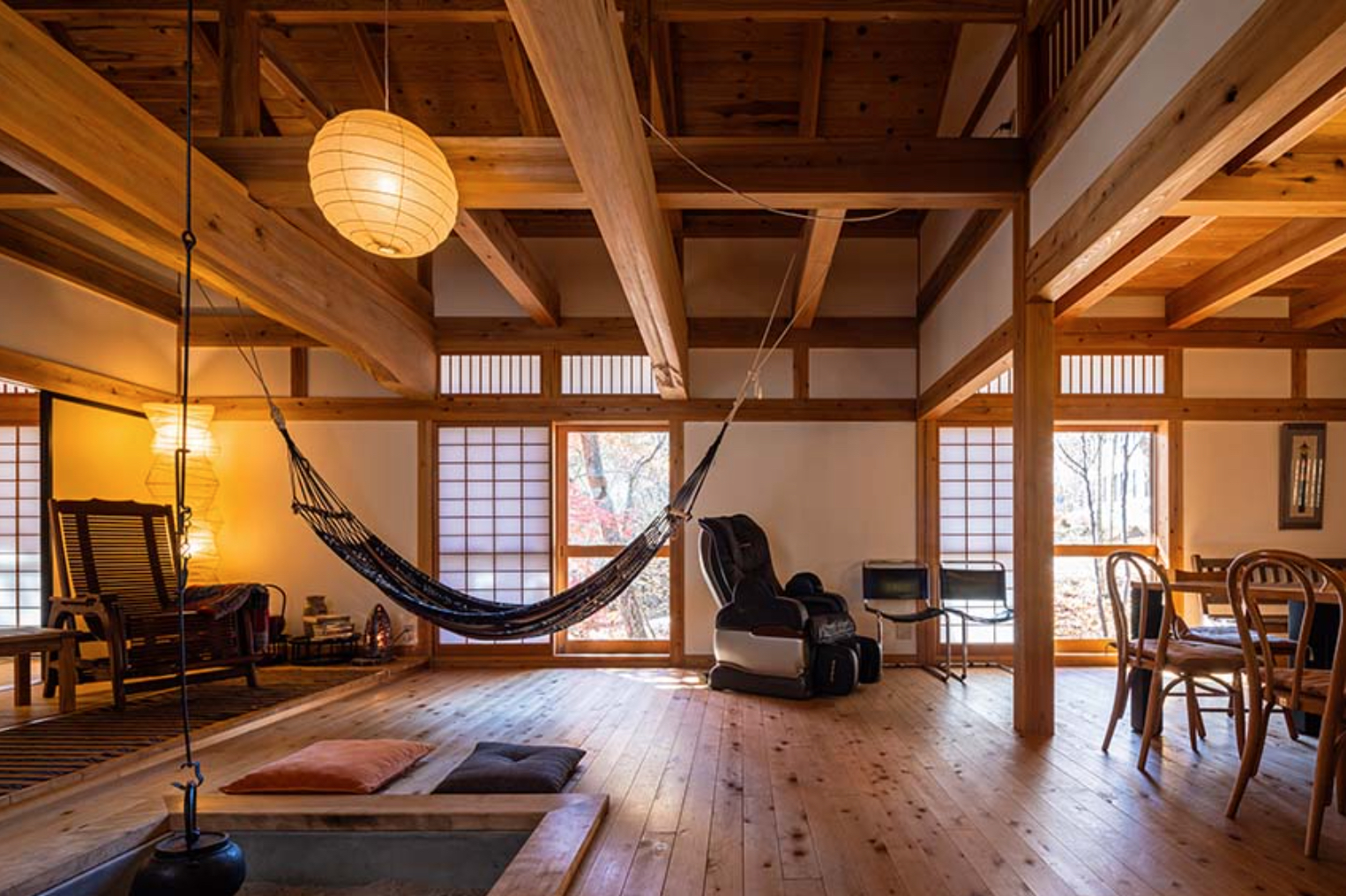
Stay in a Traditional Mountain Home in Togakushi
If you’re planning a trip to Nagano and seeking a comfortable, private, and stylish accommodation, the Villa Iizuna Plateau in Nagano is an excellent choice.
Just minutes from Togakushi Shrine and Togakushi Ski Resort, this fully-equipped home features a modern kitchen, warm tatami rooms, and beautiful views of nature. Perfect for family or groups, it’s an ideal base for exploring the area’s rich culture, hiking trails, and famous handmade Togakushi soba.
Relax, recharge, and enjoy the authentic Japanese countryside — only 30 minutes drive from Nagano station.
[More Information]
Highly-selected Vacation Rentals reservation site: STAYCATION
Tel:+81-3-6379-7591
Email:stay_contact@staycation.jp